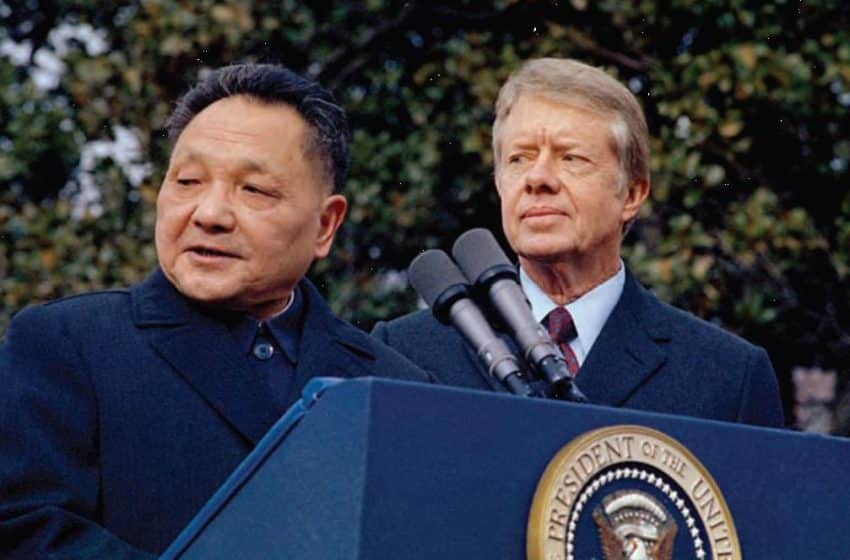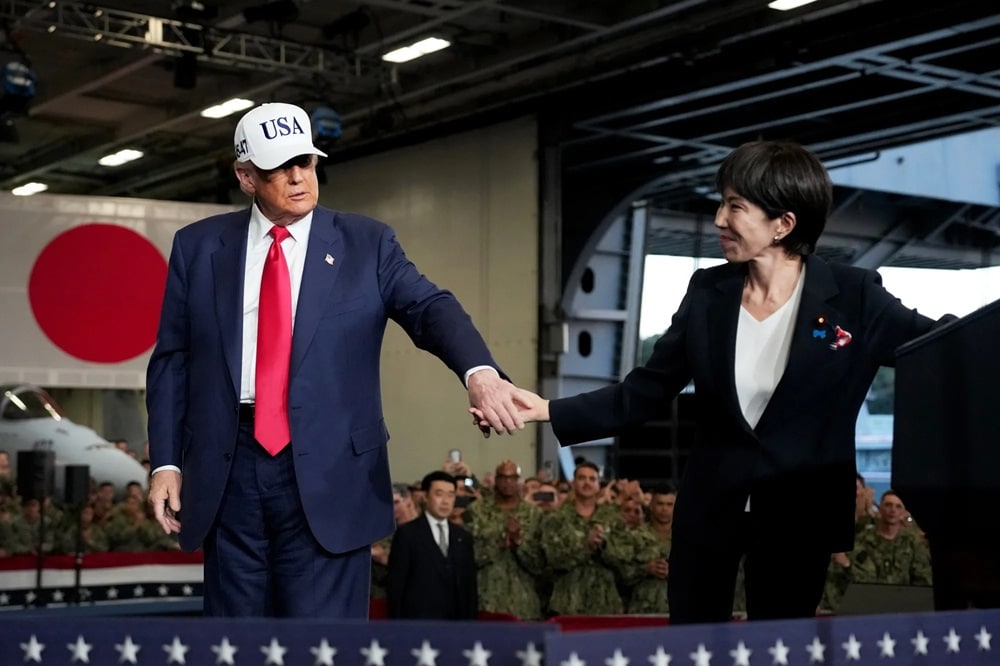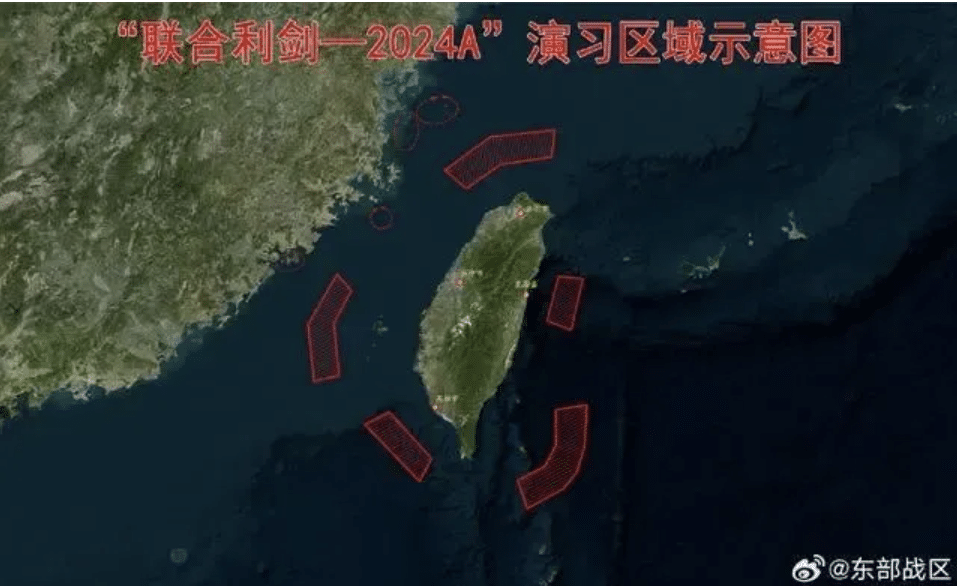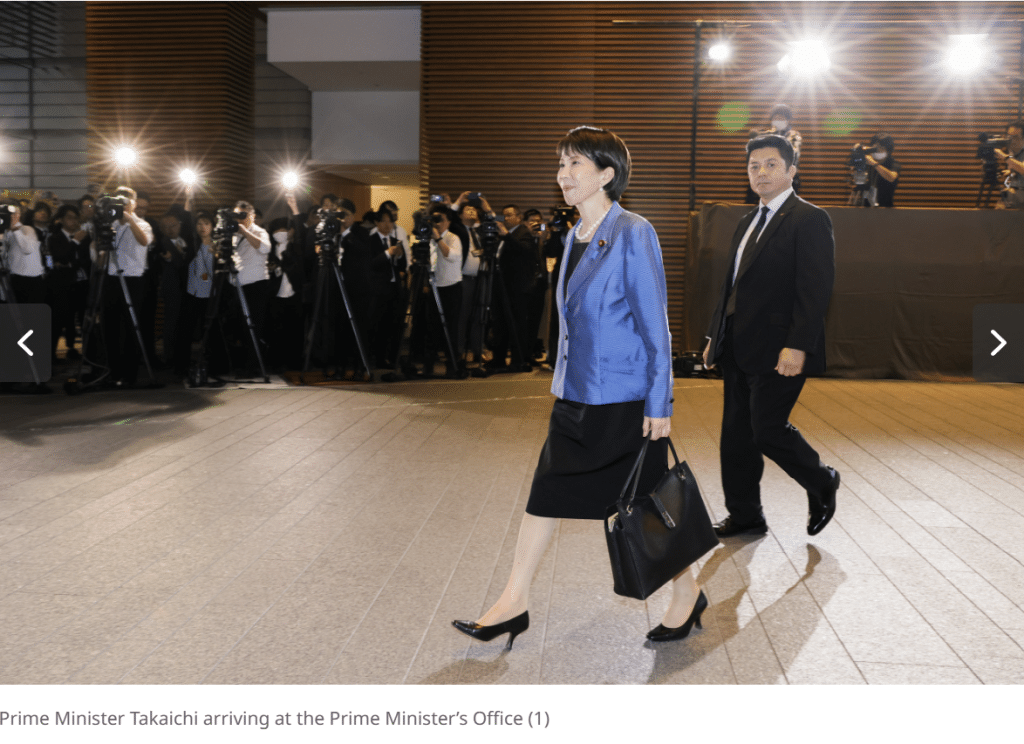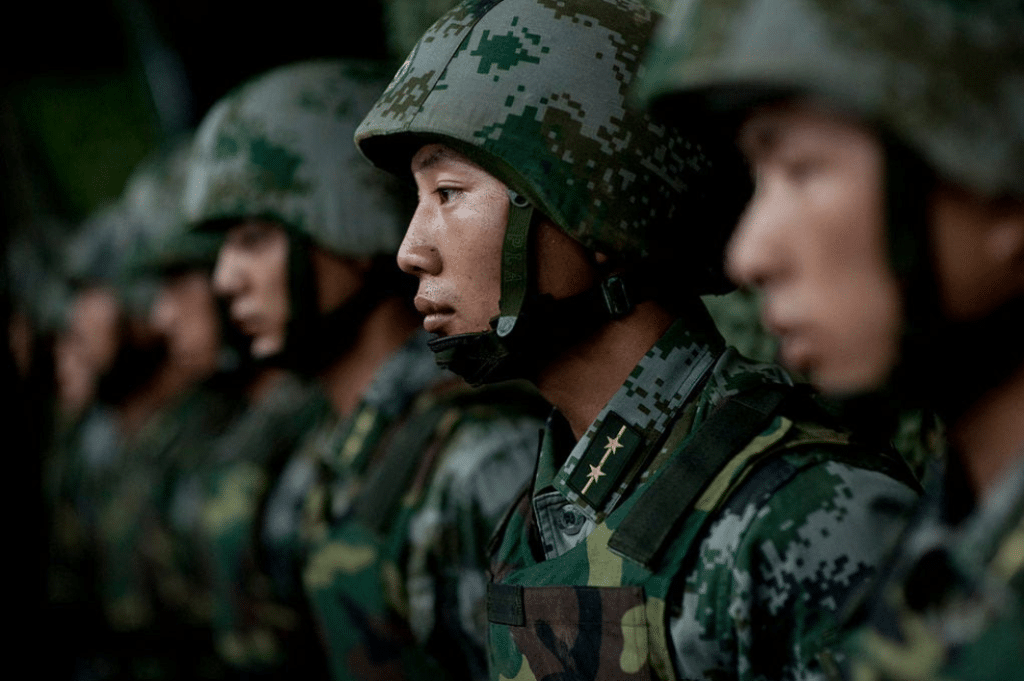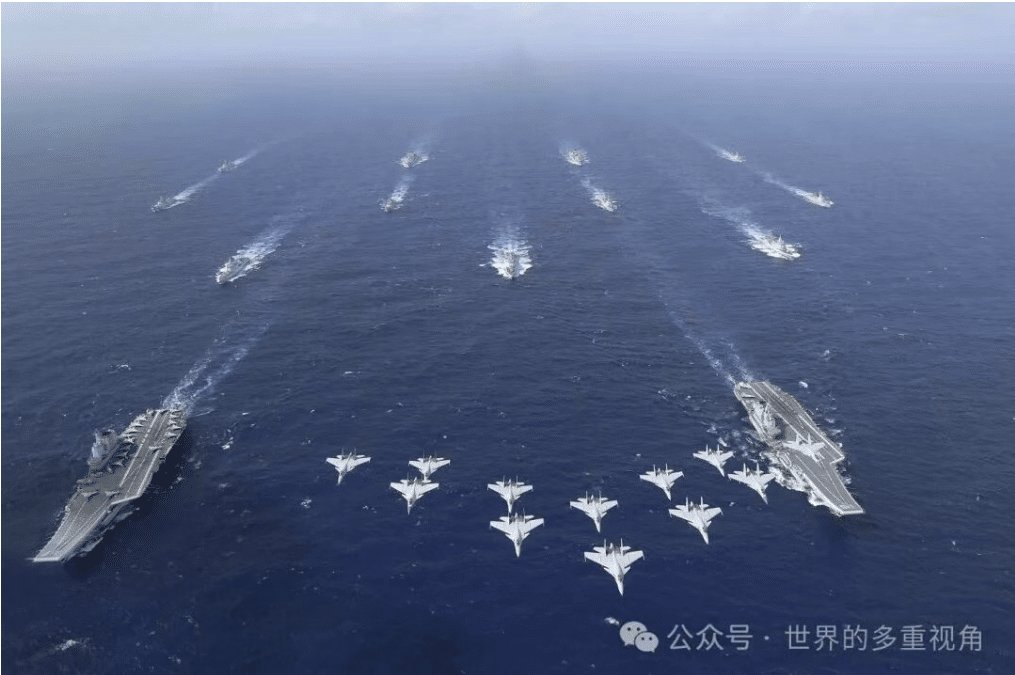Untangling China’s Reconstruction of Angola— 2023 China Focus Essay Contest Runner-Up
One of the two 2023 China Focus Essay Contest runner-ups is Jessie Yin has completed her first year of her dual-degree master’s program at Sciences Po Paris School of International Affairs, studying international development with a focus on addressing the realities of uneven development, and has continued her passion for feminist issues with a master’s concentration in gender studies. China Focus partnered with the Carter Center and the 1990 Institute to offer each runner-up $1000. Congratulations, Jessie!
The essay topic for the Belt-and-Road-Initiative is as follows:
Topic 1: How has China’s Belt and Road Initiative (BRI) affected the countries involved? Pick a country that China has included in the BRI. Assess the record of China’s relationship with the country. Discuss who benefits from what in this relationship and whether BRI projects are politically, economically, and environmentally sustainable in the country. What are the geopolitical implications of this case?
INTRODUCTION
Between 2000 and 2020, Chinese lenders provided 254 loans to Angola worth 42.6 billion USD, over a quarter of China’s total lending to African countries.
China’s relationship with Angola has also come under fire more frequently than many other African countries in the Belt and Road Initiative (BRI). One key reason for such controversy is the type of agreement China popularized with Angola in 2004 — resources for infrastructure (RFI). The exchange of Chinese infrastructure for African natural resources seemed to formalize an extractive relationship and drew international criticisms of neocolonialism.
In the following analysis, I present a picture of Chinese investment in Angola, wherein China receives oil and geopolitical influence while Angola receives infrastructure and political clout. The in-flow of capital from Chinese investment, especially in the construction sector, was a titular part of President Eduardo dos Santos’ regime and helped to bolster his power within Angola’s one-party system, the Movimento Popular de LibertaCao de Angola (MPLA), and Angola’s state-owned oil company, Sonangol. The relationship between the two countries reflects larger trends in the nature of Chinese lending on the BRI over the years. I argue that the impacts of BRI financing are often translated through the domestic institutions of a country. In the case of Angola, this was through the state captured oil industry and Dos Santos’ political elites, resulting in projects that were efficient and necessary in the short-run but not politically, economically, or environmentally sustainable in the long-run. In recent years, as BRI lending has changed due to COVID, increasing debt burdens in recipient countries, and worsening geopolitical tensions, Angola’s relationship with China has shrunk and shifted into more focused investment areas.
ANGOLA’S RECONSTRUCTION
In 2002, when the Angolan civil war finally reached its denouement, the country had been ravaged by nearly 30 years of fighting. At this time, Angola had reached out to the international community for the loans it would need to begin rebuilding. However, the IMF was hesitant to bail out Angola due to its poor track record in economic governance. Elite actors within the MPLA had managed to reap shadowy profits from its oil revenues through Sonangol, but the country itself was heavily in debt with international lenders, owing over 2 billion USD to the Paris Group, with few avenues through which it could pay back these debts. Initially, the IMF agreed with the caveat that Angola would have to reform its oil industry, working on transparency and rooting out corruption. In 2004, it looked as if the MPLA was going to acquiesce to these terms in exchange for the financial aid that it desperately needed to rebuild a war-torn country.
It was at this time that China stepped in. With the promise of Chinese loans, which came with “no strings attached” in terms of restructuring demands, Angola was able to turn down the IMF’s aid and recommendations. Over the next few years, Angola negotiated three credits from the China Eximbank for a total of 4.5 billion USD. These were all used to pay for infrastructure, guaranteed by Angola’s oil production. This early interaction between Chinese state capital and the Angolan oil industry were the origin of many of the criticisms of Chinese investment. By disregarding the IMF’s judgments that Angola not stable enough for FDI, China earned its reputation as a rogue lender, and by backing the credit with Angola’s oil output, China set the precedent for its RFI deals that Beijing would proliferate to the rest of the continent and beyond. In the international community, many began to refer to this as the “Angola Model.” This first RFI deal set up a credit-line between China and Angola, functionally linking the construction and the oil industry together as the vehicle for China’s part in Angola’s post-war development.
The oil-based credit line has opened over 100 projects in public works, fishing, agriculture, transportation, and other industries. This translated to 50 projects across Angola with the most ambitious being the rehabilitation of the road between Luanda and Uige, which was about 317 kilometers and valued at 211 million USD. While many see these deals, especially the establishment of the credit-line, as a blatant exploitation of Angola’s vulnerable position and natural resources, China has, nevertheless, provided essential infrastructure in Angola. This much-needed development in the years following the war solidified the MPLA’s role in government and President Dos Santos as an effective leader.
As for the exact mechanisms of how the credit line is facilitated and where the loan money goes, neither government is overly fond of transparency, most available knowledge is described through secondary literature. It is generally agreed upon that the Chinese Exim Bank extends the credit to Angola, and the credit-line itself is jointly managed by the Angola Ministry of Finance and the Chinese Ministry of Commerce. When a new infrastructure project is agreed upon, three Chinese construction projects compete for the bid. While construction is handled by Chinese corporations, the logistics and implementation of the project are handled by the GAT (Gabinete de apoio tecnico de gestão da linha de crédito da China), a multisector technical group that was created to facilitate the efficient completion of projects in the Chinese credit-line. The extraction of oil is conducted by a Chinese National Oil Company — usually Sinopec — in conjunction with Sonangol. Both the extractive side and the constructive side of China’s deals with Angola are conducted through state-owned enterprises, indelibly tying the successes and failures of these ventures with state politics and state interests. This is the process for the official credit-line but over the years, Angola and China had developed a parallel, “shadow” oil for infrastructure financing structure.
STATE CAPTURE AND ELITE LINKAGES
“Always the Chinese will be the master and the Angolan the helper. This is our country. We should be in charge,” a Luanda taxi-driver complained in 2015. Paulo Nascimento shared this with a Reuters reporter in the same month as the President of Angola, Jose Eduardo dos Santos, embarked upon a state visit to Beijing to negotiate further loans from his counterpart President Xi Jinping.
During the first decade of the 21st century, Angola was one of the fastest-growing economies in the world, driven by preferable oil prices, but wealth inequality in the country persisted. In 2017, it was noted that 20% of the population with the highest incomes received 59% of all income, whilst the poorest 20% received only 3%. This unequal distribution of wealth and power is reflected in who reaps the benefits from the China-Angola economic relationship. To understand the type of state capture of the economy that occurred in Angola, one must address the Futungo.
In a report assessing Angola’s post-war situation, the IMF wrote that “corruption is wide-spread throughout society,” and Sonangol has long been the MPLA’s emergency cash cow. Dos Santos has used Sonangol for financing since 1979, when he began using oil-backed loans for wartime needs. In 1979, Herminio Escorcio, who was close friends with the succeeding President Dos Santos, stepped up as CEO of Sonangol, creating an intimate relationship between the President of the MPLA and the CEO of Sonangol. With Herminio Escorcio’s placement came the emergence of the ruling class in Angola. Leading members of the MPLA and the board of the Sonangol were by and large Luanda-based, mostly mixed-race, educated Angolans. In this confined social circle, many influential actors in the government, the party, and Sonangol were related by blood ties or friendship. This group is often referred to as the Futungo. Compared to other enterprises in Angola, Sonangol is functionally a state enterprise, geared towards the service of the President and his closest family and friends, despite its nature as a private corporation.
The onset of heavy Chinese investment in Angola emerged in the year after the conclusion of the civil war. During this time, the CEO of Sonangol was President Dos Santos’ daughter—Isabel Dos Santos. Between Sonagol and Sinopec or the plethora of other Chinese state-owned enterprises and loan banks, the economic deals brokered become representations of geopolitical interest, business interest, and a reflection of the elites who hold power in the government and the economy of both countries.
With these elite linkages came the “shadow” financing structure between China and Angola. A prominent actor in the oil for infrastructure arena is the China International Fund (CIF). The CIF is managed by the Queensway 88 group, which is presented as a private Hong Kong based firm, yet the group has been linked to both the Ministry of Public Security and the Ministry of State Security in a US Congressional report. It has been difficult to prove to what extent the loans coming through the CIF are state-sponsored, however, these credits share a few important characteristics with the deals coming through the official credit line. The loans are large in size (generally more than we would expect from comparable private investors in the West), oil-backed, and tied to infrastructure projects.
Credit from the CIF is managed by the Gabinete de Reconstrução Nacional (GRN), or Angola’s Reconstruction Office. The GRN was established by President Dos Santos in 2005 to facilitate rapid infrastructure reconstruction prior to the national elections. It was proposed as a more reliable agency for effectively implementing the 10 billion USD loan coming from the CIF. Yet, CIF funded projects were also riddled with completion and regulation issues. Additionally, the GRN is accountable only to the president, unlike institutions involved in the formal processes.
As for repayment in this second financing structure, the Queensway 88 group helped to arrange the joint venture between Sonangol and Sinopec in 2014, establishing Sonangol Sinopec International (SSI). Sinopec holds 55% of the stake in SSI, and this deal marks the first Chinese foothold in Angola oil equity. It is assumed in this financing structure that repayment of CIF loans is through the oil extracted by SSI. The CIF and the GRN are incredibly exclusive institutions, in the sense that they are not accountable to any sort of democratic process and conduct their operations without international scrutiny because of opacity. This lack of accountability from both above and below allows for the expedition of capital extraction for China and reconstruction for Angola while simultaneously excluding the voices of everyday Angolans such as Paulo Nascimento.
ESCAPING THE OLD REGIME OR MORE OF THE SAME?
In 2017, the Angolan government experienced its first transition of power since the end of its civil war. When the current President Joao Lourenco met with Chinese Foreign Minister Qin Gang in January 2023, he praised China for its “indispensable role in Angola’s post-war reconstruction and economic and social development” and how “Chinese enterprises have made positive contributions to the improvement of infrastructure and people’s livelihood in Angola”. However, financing between the two countries is no longer what it once was. In 2022, Angola did not receive any funding from the BRI, reflecting a shift in commodity prices and geopolitical interests.
Angola once was tied with Saudi Arabia as the main source of Chinese oil exports, but China has been purchasing more from Russia and Iraq in recent years. This coincides with China’s increasing interest in Russia and the Middle East, exemplified by China’s support of Russia’s invasion of Ukraine and by their work efforts to broker relations between Saudi Arabia and Iran. Additionally, China’s international loans have slowed down through the years of COVID and the emerging debt crises in countries such as Zambia, forcing them to exercise more discretion in loan dispensation.
At the same time, President Lourenco has been attempting to diversify Angola’s economy and its international partnerships. The economic relationship between China and Angola, which was dominated by oil for infrastructure agreements, has become associated with the old regime of corruption under Dos Santos. President Lourenco wishes to distance himself from the impressions of that era for good reason. The earlier years of China-Angola relations were plagued with issues related to project completion, safety regulations, environmental protections, and a large volume of imported Chinese labor at the exclusion of local laborers. After President Dos Santos stepped down, President Lourenco immediately launched an anti-corruption campaign in 2017. This campaign has rooted out many of the tendrils that Dos Santos had managed to install in Angola’s economic and political fabric during his 41-year reign, including the removal of his daughter, Isabel dos Santos, from the head of Sonangol. Jose Eduardo dos Santos has since left for Spain, along with many of his family members, where he died in 2022.
In 2015, the CEO of the China International Fund, Sam Pa, was arrested by Chinese authorities on corruption charges for tendering oil licenses in Angola by Sinopec. In February 2020, the Angola Attorney General’s Office announced the seizure of various housing projects and real estate assets held by CIF Hong Kong and CIF Angola. After the seizure, a report was also released stating that although these housing projects — many of which remained unfinished — were built using public funds, the one ultimately holding the owning rights of this real estate was General Leopoldino dos Santos. Under President Lourenco, the PGR Asset Recovery Service (SNRA) was formed, which is dedicated to following the trail of assets that are suspected to have been diverted away from the Angolan state by the Futungo.
Although the economic relationship has diminished in recent years, China-Angola will continue to be partners. The BRI has expanded beyond traditional infrastructure with the Digital Silk Road and the Health Silk Road, and China is becoming more targeted in the higher value markets that it wants to invest in with African countries. Some of these sectors include technology, communication, and green energy, which the US is also starting to invest more in abroad. US-China competition is playing out in the Global South, and Angola will be a part of that equation. The United States has pledged 2 billion USD to build solar energy projects in the country. Meanwhile, China Exim Bank will provide funding for the Angolan national broadband network project, constructing 2,000 km of terrestrial optical cable and a submarine line connecting the enclave of Cabinda. This funding seems to be at least partially in response to the US backing Africell to compete with Huawei over the 5G technology market in Angola.
It remains to be seen if President Lourenco can successfully maneuver Angola out of its oil dependency or how Angola is going to handle its 40 billion USD of debt to China. However, with countries like the US now more interested in development finance with programs such as PGII, Angola could potentially leverage growing geopolitical tensions towards securing more financing for its people.


